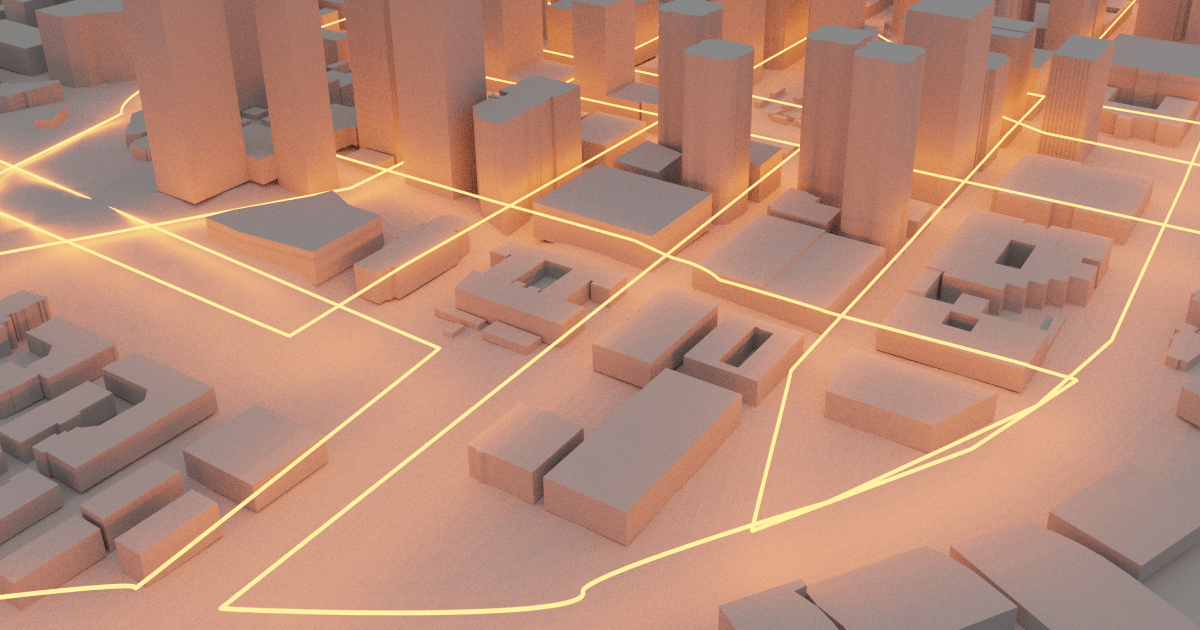How Fiber Optic Sensing is Revolutionizing Infrastructure Problems Detection

For the development of smart cities, sustainable and optimized solutions aren’t so much an option anymore, but a necessity. One technology that has come to revolutionize and make cities ‘smarter’ is Fiber Optic Sensing.
What is Fiber Optic Sensing?
Fiber Optic Sensing is a technology that allows to quickly detect many problems in infrastructures through fiber sensors.
Fiber optic sensors are continuous sensing systems that allow the detection of temperature, vibration, and strain variations. These systems can be calibrated for the detection of various problems.
Some of the main things Fiber Optic Sensors can detect are:
- Fire detection.
- Water leak detection and perimeter control.
- Gauging the stability of infrastructures such as bridges, tunnels, buildings, etc.
How does Fiber Optic Sensing work?
The cable is installed in the area where the sensing will be performed. With the installation of a piece of equipment called an "Interrogator", this will analyze the fiber, in continuous mode, thus allowing the analysis of variations in the normal state where the fiber is installed. Through the calibration of the equipment, these variations are translated into real events, and thus, give information to the user to act accordingly, depending on the situation: Call the fire department, call the authorities, launch alerts for closing valves, etc.
The analysis equipment (interrogator) is installed at one end of the sensor cable, and can analyze up to 40Km. If it is in the middle of a cable, the analysis can be done in two directions, analyzing 40Km each way, for a total of 80Km. Events can be detected with an accuracy of a few centimeters (< 1m).

Besides working as a sensor, this cable can also be used as a communication cable for telco networks.
In what Contexts can it be Applied?
The main environments Fiber Optic Sensing can be applied are:
- Water leak prone contexts, for detection;
- Fire prone contexts;
- Earthquake or earth movement prone contexts;
- Infrastructures like bridges and tunnels, to detect tensions;

How does Fiber Optic Sensing Avoid such Problems?
In short, as mentioned before, Fiber Optic Sensing technology works essentially through a fiber.
The analyzer equipment that detects such issues uses a single sensing fiber. Along with this equipment, a messenger tube, or a cable with several fibers, can also be installed in parallel.
The remaining fibers that are installed along with this fiber can be:
- For own broadband communications.
- Information from parallel systems: flow sensors, pressure, water quality, etc.
- Remote control systems: actuators, valves, pumps.
- Surveillance systems: CCTV, Alarms, etc.
“In-Pipe” Fiber Optic Sensing
Using Fiber Optic Sensing for water leaks can be a way of using this technology to optimize and save resources, while also using that same cable to expand telecommunications networks.
One of Yelco’s partners, Craley, is specialized in developing these solutions.
Craley's "In-Pipe" Fiber Optic Sensors are vibration sensors that use a patented technology in which the sensor cable is installed inside water pipes. This feature allows for quick installation in existing infrastructure, without the need for on-site intervention to install the sensor cables.


